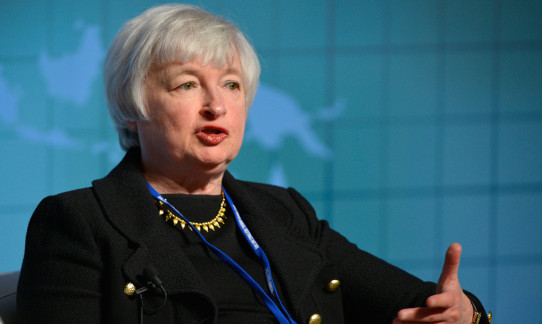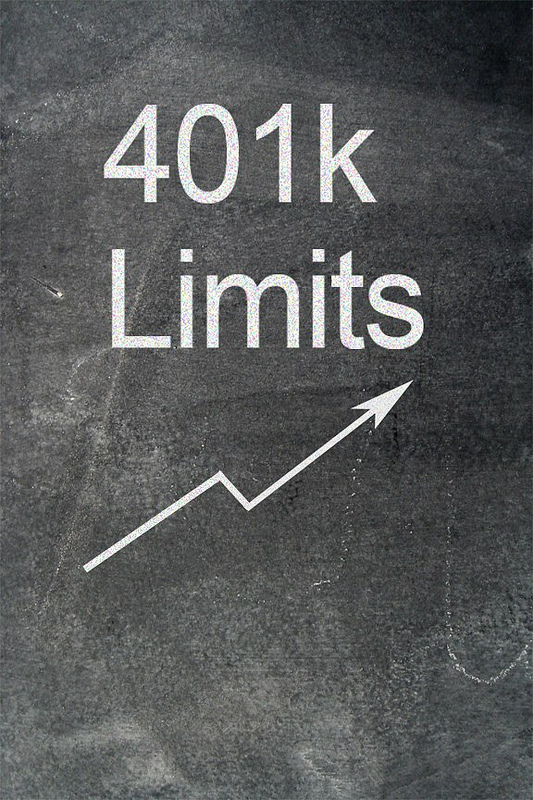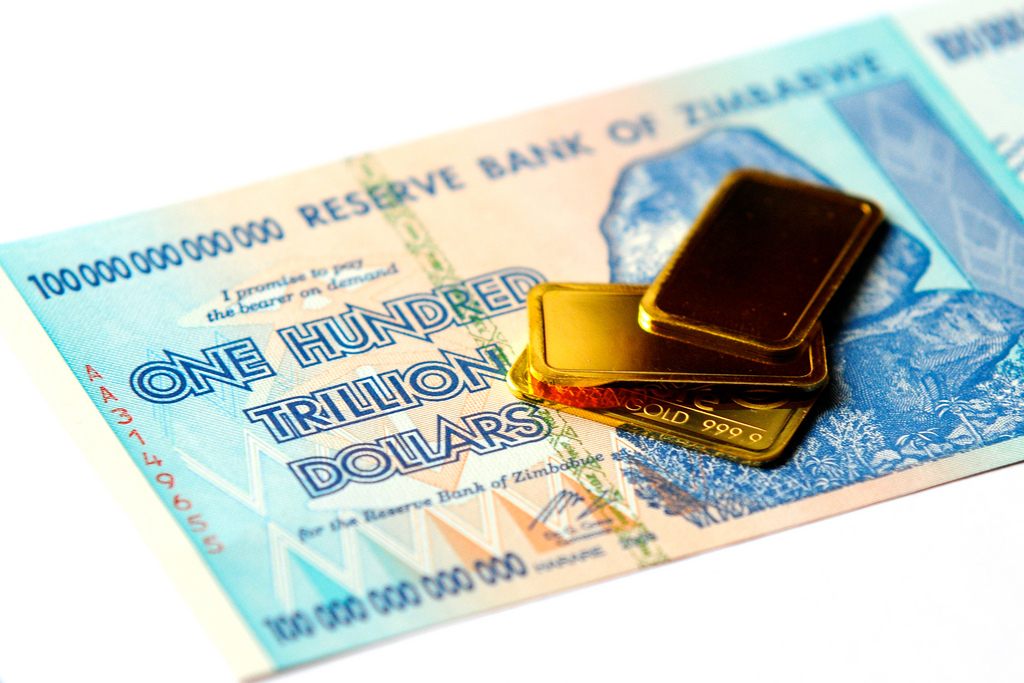What The Fed’s Interest Rate Decision Means For Your Portfolio
On Thursday the Fed announced that the current interest rate target would remain unchanged for the near future. That leaves December open as a possibility for a small interest rate hike (a 0.25% increase) with a follow-up small interest rate hike next year.
So Why Did The Federal Reserve Delay The Interest Rate Hike?
In their statement, the Federal Open Market Committee, noted the weak economic growth around the world and the downward pressure that places on inflation.
“Recent global economic and financial developments may restrain economic activity somewhat and are likely to put further downward pressure on inflation in the near term.”
Despite Job Gains The World Economy is Still Weak
Most of the world is experiencing disinflation (falling inflation) and deflation. Disinflationary and deflationary environments are bad for economic growth, the economy needs a healthy amount of inflation to grow (2% to 4%.)
Europe and Japan are currently examples of the danger of deflationary environments. Even with their own quantitative easing, the hole they are in will be difficult to climb out of. Quantitative easing (inflationary monetary policy enacted through reducing interest rates and buying bonds to increase the money supply) becomes less effective through time, a fact those regions are contending with right now.
There is a certain capacity to quantitative easing that is dictated by the level of interest rates and the yield spread between risk-free and risky assets. As you near that capacity, the market builds up a tolerance to quantitative easing, which is why each round of quantitative easing has been less effective than the last. So Central banks have a lower capacity to implement effective monetary policy.
Why Does Monetary Policy Become Less Effective?
Quantitative easing works by lowering the interest rates on safe assets so that investors reach for higher yield in risky assets. If a 10 year treasury yields 2% and the dividend yield of stocks is 5%, investors pile into stocks, driving prices up, until the yield of stocks is more in line with the prevailing interest rates. This can only occur so long before stock prices (and other higher yielding assets) have been bid up high enough so that the spread between them and the risk-free rate of return (short term treasuries) is very small.
If you look at historical debt cycles across the US and other countries, we’re comparatively in the middle of a short term debt cycle driven by the Fed’s monetary policy decisions. The next stage in the short term debt cycle will be to raise interest rates, however, improperly executing this will cause numerous problems in the world economy.
When interest rates remain low, stock and other asset prices are still relative to safer alternatives. Cheap debt has also fueled stock buybacks through, wherein a firm issues debt and repurchases its own stock. Stock buybacks have driven much of the recent buying activity in stocks, which would end if interest rates begin to rise too quickly.
Couple this with the significant disinflationary pressures around the world and you have an an asymmetric risk environment where there is greater downside risk to raising interest rates versus the upside gains in doing so. If the US falls into a disinflationary environment, with rising interest rates placing downward pressure on asset prices, we could see the spark of a significant downturn.
Nevertheless, if the Fed sticks to expectations and follows its two rate hikes of 0.25%, for a total of 0.5% in interest rate hikes (a tiny rate hike compared to historic standards), it’s not likely to help things, but it’s also not likely to spark a recession as those rate hikes are already priced into the market. If interest rates rise more than this, we would likely have problems. So the interest rate hikes in the near future are really not necessary, but they are not especially troubling. It’s what happens after those that could cause issues.
What may occur is that the Fed hikes interest rates only to reduce them once again to help boost growth if the US falls into a disinflationary spiral.
With an interest rate hike off the table for the near future and the economy not in jeopardy as of yet, the market may rally before year end. At which point the Fed may reconsider their stance.
However, stocks are likely to return an average of 4% per year (with plenty of volatility) over the next 10 years and bonds likely averaging around 2%. So, if I were holding a static portfolio buy and hold of stocks and bonds for the long term, I would be very uneasy about the future.
Current clients have the benefit of utilizing the proprietary Economic Strength Index (ESI) and tactical asset allocation to manage risk in their portfolio. The ESI, which gauges the strength of the economy by measuring leading indicators, will reduce exposure to stocks when the economy appears to be weakening.
Additionally, portfolios are well diversified through the use of tactical asset allocation that increases or decreases risk in the portfolio based on the market environment.
So regardless of what happens next, we’ll be able to react to the markets and prepare portfolios accordingly.
To start a conversation about better managing investment risk in your portfolio, schedule a Free Financial Strategy Session.




